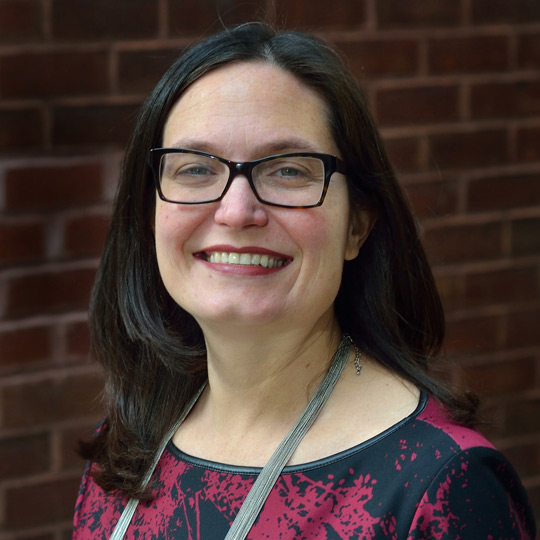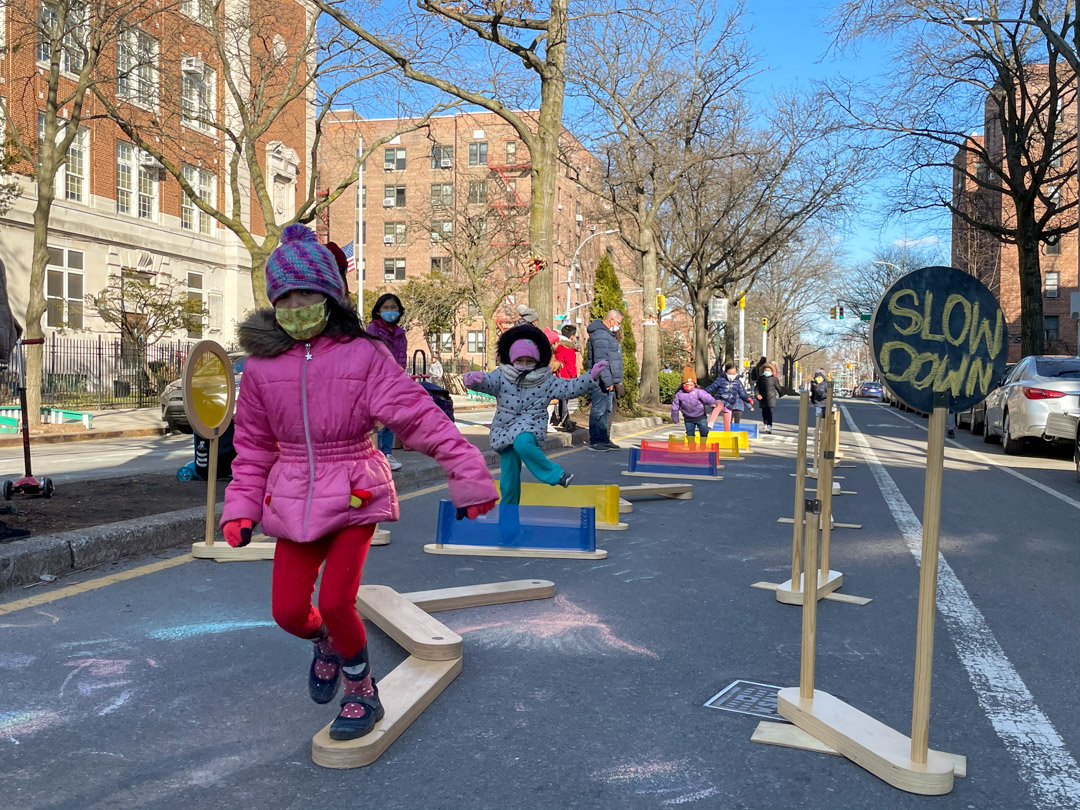This week on Streetsblog, we looked at two communities who each planned to calm an ultra-wide, ultra-dangerous road with the support of the vast majority of the residents they asked, only to have those plans scuttled in the face of vocal opposition.
In San Antonio, that opposition is coming from the top down, as state DOT leaders and the governor himself step in and insist that seven-lane Broadway Avenue must continue to prioritize motorist speed over local safety; in Philadelphia, it's coming from the bottom up, as a coalition of business owners and residents of color claim that cutting five-lane Washington Avenue down to three would eventually result in their displacement, successfully persuading the city to rethink their plans.
Both stories, though, prompt the same thorny questions: why is redesigning killer roads so difficult in American communities? Who should get the final say on how safe — or fast — a road through a neighborhood should be? And which structural changes could make it easier for road diet projects to actually make it across the finish line — and make sure that new dangerous, car-centric roads are never built in our neighborhoods in the first place?
On today's episode of The Brake, we sat down with Beth Osborne, director of Transportation for America, to tackle those tough questions, and talk about what strategies could get road diet resisters on board.
That conversation is available everywhere podcasts are found (including on Apple Podcasts.) Here's a brief excerpt, which has been edited for clarity and length.

Kea Wilson: In a nutshell, why is it so much harder to calm a dangerous road in an American city than it is to build one in a first place?
Beth Osborne: I think it really comes down to the fact that our program and our priorities come out of the interstate era, and its hard to avoid all the land mines built into the system that still promote long distance, high-speed travel.
Back in the 1950s, it was so obvious to everyone that accommodating speed was inherently dangerous in city, town, and village environments that we had to separate [fast motorists from those environments], and create a separated interstate system. We seem to have forgotten that over the last 70 years.
Now, the notion of speed is so sacrosanct — it's so fundamental to our ways that we measure performance, the way that we design roads, and what we value in terms of results. We've created incredibly unsafe circumstances. But we don't name that speed priority, or acknowledge what a high priority we put on it, and therefore, it is really hard to challenge.
Kea Wilson: In San Antonio, most of the opposition is coming from top-down interests who openly prioritize high-speed travel. But in Philadelphia, the opposition came from business owners and residents in the neighborhood — though many other residents really supported the project. Are there perils to bottom-up involvement in transportation decisions like this?
I don't think the peril comes from bottom-up involvement; I think it comes from giving certain people a larger voice than others. And it tends to be those who are most vocal against change.
It's always easy to default to no change. Status quo is a very comfortable position. Change is a scary prospect, and that's not to insult those who are concerned about change. It is natural and appropriate to be worried about change...We should expect people to respond to change at least warily, if not without outright fear. And we can do something about that, and make this less theoretically.

I think the communities that do a good job at making temporary changes that people can see and feel and interact with and give honest feedback on — and therefore co-create the change — they're always going to be more successful. But in transportation, we often talk about spending a lot of money making a huge amount of change based on a pretty sketch. And again, that's a lot to ask of people — that they figure out in their own heads what this sketch actually going to feel like [in real life.] I suggest maybe doing some things temporarily so people can see what they're dealing with...
Now, my understanding in Philly is there was also a lot of concern about property value increases and displacement and things like that. One of the things I'm most concerned about in these conversations about displacement is there's a large group of people defaulting to further under-investment and abandonment. That is one way to keep property values down. But what an unbelievable tragedy if the only way we're going to maintain affordability is to halt investment. Replacing lead pipes also increases property values. Providing a grocery in a food desert increases property values. Our plan for protecting people from price increases can't be to deny them things that they need.







